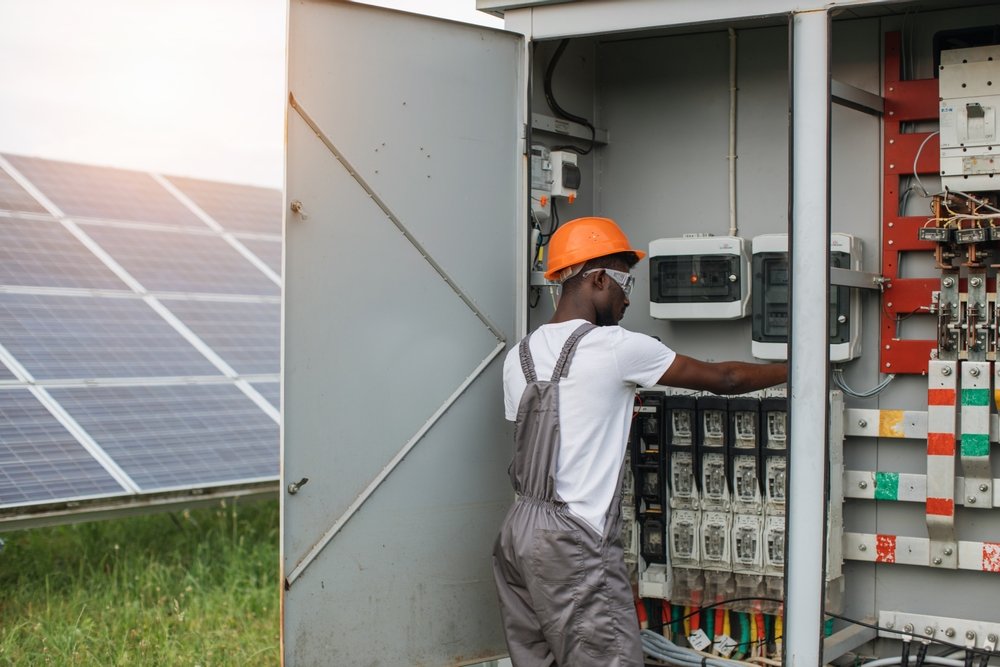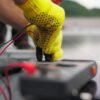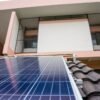Common Solar Power Losses.
Common Solar Power Losses and How to Prevent Them (Voltage Drop & Inverter Efficiency).
Common Solar Power Losses. When you invest in solar energy, you expect to use all the power your panels generate. But in reality, some energy is lost before it reaches your appliances or batteries. Two major culprits are solar cable voltage drop and inverter losses.
This guide explains what they are, why they matter, and how to reduce these losses to get the best performance from your solar system—especially for installations in Kenya.
1. What is Solar Voltage Drop?
Voltage drop is the reduction in voltage as electrical current travels through a cable. This happens because all cables have resistance. The longer and thinner the cable (and the higher the current), the more energy you lose before it gets to your inverter, battery, or load.
Why Voltage Drop Matters
- Lower system efficiency – Your panels work hard, but less power reaches your inverter or battery.
- Device malfunctions – Pumps, fridges, or inverters may shut down if voltage falls too low.
- Wasted energy and money – Every watt lost is energy you can’t use.
How to Reduce Solar Voltage Drop
✅ Use the correct cable thickness (cross-section mm²) based on the current (Amps) and distance.
✅ The longer the distance and the higher the current, the thicker the cable needed.
Examples:
- 10A over 10m = 4mm² cable
- 20A over 20m = 10mm² cable
Pro Tip: Always ask your technician to calculate voltage drop for your layout instead of guessing.
Kenya Example – Solar Water Pump
If you’re installing a 1HP solar water pump 30 meters from your panel, using a 2.5mm² cable could waste up to 20% of your power!
- Upgrading to a 6mm² or 10mm² cable drastically minimizes losses and boosts performance.
- Long cables = power loss. Thicker cables = efficient system.
2. Do Solar Inverters Give 100% of Power?
No. Solar inverters don’t deliver 100% of the power they receive. They have internal losses—typically 5–15%—due to heat and conversion inefficiencies when converting DC (Direct Current) to AC (Alternating Current).
Modified Sine Wave vs. Pure Sine Wave Inverters
⚡ Modified Sine Wave
- Efficiency: 80–90%.
- More loss, causes appliances to overheat or buzz.
- Not recommended for sensitive electronics like TVs, laptops, or medical equipment.
✅ Pure Sine Wave
- Efficiency: 90–95%+
- Produces clean, smooth AC power, similar to the grid.
- Safe for all electronics and reduces energy waste.
Example of Inverter Loss
If your panels generate 1,000W and your inverter is 90% efficient: 1,000W×0.90=900WusableACpower.1,000W × 0.90 = 900W usable AC power.1,000W×0.90=900WusableACpower.
With an 85% efficient modified sine wave inverter, you’d lose 150W every hour—enough to power LED lighting for free if you upgraded to a better inverter.
Kenya Case Study
A 1.5kW solar system with a modified sine wave inverter:
- At 85% efficiency: 1,500W×0.85=1,275W1,500W × 0.85 = 1,275W1,500W×0.85=1,275W 225W wasted per hour.
Switching to a pure sine wave inverter at 95% efficiency: 1,500W×0.95=1,425W1,500W × 0.95 = 1,425W1,500W×0.95=1,425W
You save 150W every hour, which adds up over time.
3. How to Reduce Inverter Losses
- Choose a high-quality pure sine wave inverter.
- Size the inverter correctly (neither oversized nor undersized).
- Ensure good ventilation—heat reduces efficiency.
- Use short, thick DC cables to reduce additional losses.
- Regular maintenance—keep it clean and dust-free.
4. Quick Solar Efficiency Checklist
- Voltage Drop: Use the right cable size (distance + current + voltage matter).
- Inverter Loss: Always pick pure sine wave inverters.
- Target Efficiency: Keep overall losses (cables + inverter) below 10–15%.
- Ask Questions: A reliable solar installer should always calculate these factors during design.
5. Final Word
Every watt counts. Whether it’s from voltage drop or inverter inefficiency, energy loss means you’re not getting full value from your solar investment.
In Kenya—where solar is powering homes, farms, and businesses—it’s even more critical to use the right cable sizes and a pure sine wave inverter for maximum output and reliability.



